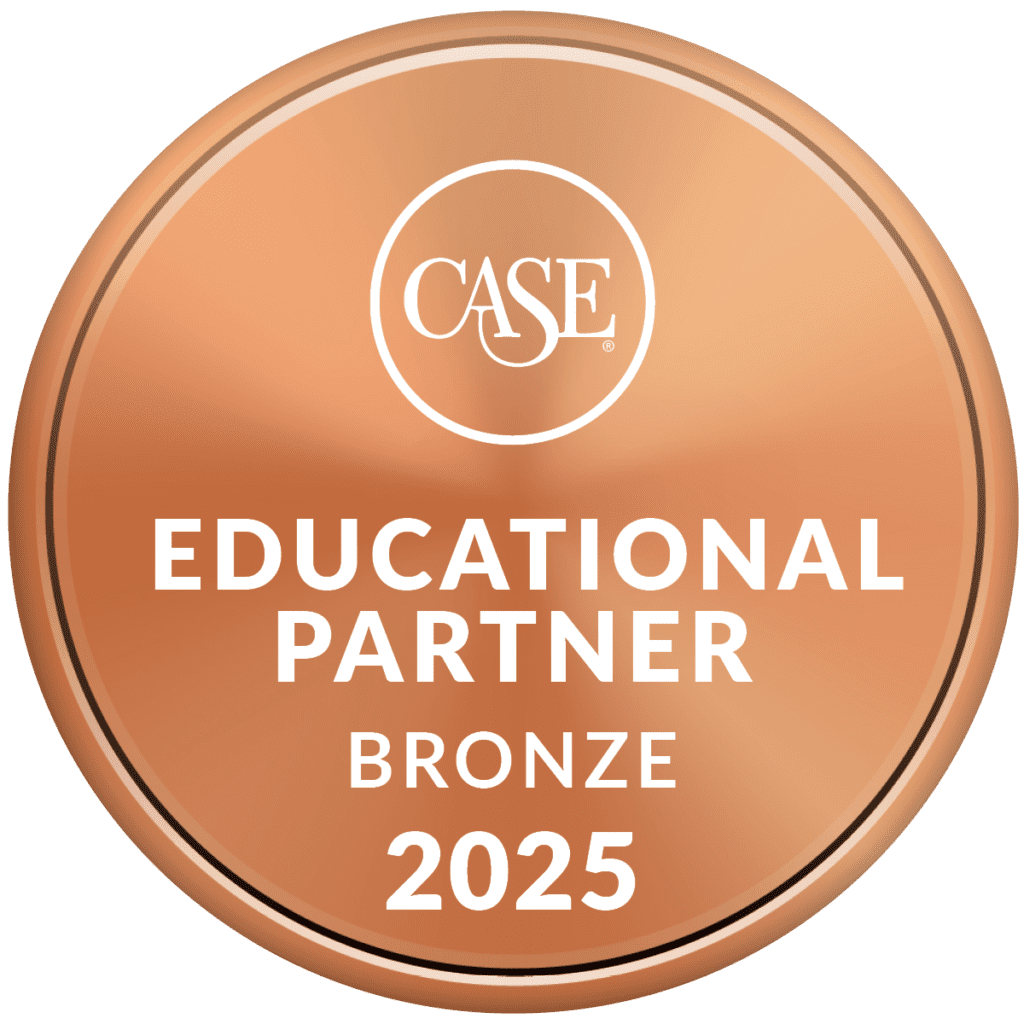

From the Desk of
Jane M. Barghothi ¦ Associate Partner
Though I do not think DAFs will be the only giving trend that will continue to grow, I do think all organizations need to think about and plan around donors and DAFs.
- Make Giving Easy
- Provide clear instructions on your organization’s website on how to make a DAF contribution.
- Educate your staff and board members on DAFs so they will be prepared to discuss them with donors and prospects.
- Communicate and Market DAF Giving
- Run a specific DAF campaign.
- Feature a DAF donor in a newsletter or on your website.
- Send a specific DAF mailer to donors.
- Highlight the Tax Benefits
- Donors with DAFs are often motivated by the tax advantages they receive, including avoiding paying capital gains taxes on appreciated assets.
- Remind donors of these tax benefits when discussing DAFs with them.
- Acknowledge and Recognition
- Acknowledge gifts made through DAFs just as you would with any other donor, including thank you notes and donor recognition.
- Show the direct impact of the donor’s DAF gift.
The world of fundraising continues to evolve – donor advised funds will continue to grow. Having a plan for making the most of this giving vehicle will benefit your organization for generations to come.
DAFgiving360 Donors Award $7.7+ in 2024
D AFgiving360 (formerly Schwab Charitable ) reports that its donors contributed over $7.7 billion to charity in 2024, marking a 25% increase ($1.5 billion) year-over-year. Donors awarded more than 1.3 million grants in support of 151,000 individual nonprofits. Contributions included over $175 million for disaster relief. Seventy-two percent of grant recommendations were unrestricted, enabling organizations to allocate the funds where they were most needed swiftly, and one out of every three allocations was established as a recurring grant. Additionally, 83% of donors directed funds within their home state. PND 2-17
AFgiving360 (formerly Schwab Charitable ) reports that its donors contributed over $7.7 billion to charity in 2024, marking a 25% increase ($1.5 billion) year-over-year. Donors awarded more than 1.3 million grants in support of 151,000 individual nonprofits. Contributions included over $175 million for disaster relief. Seventy-two percent of grant recommendations were unrestricted, enabling organizations to allocate the funds where they were most needed swiftly, and one out of every three allocations was established as a recurring grant. Additionally, 83% of donors directed funds within their home state. PND 2-17
2025 Will Require More From Boards
Boards will be more important than ever as nonprofits navigate a tricky financial landscape and political uncertainty. If you have people that are not showing up to meetings and you have people that are not engaged, they’re not helping you with the fundraising, making it very difficult for an organization to be successful and to move forward.
Many leaders have noticed this problem, particularly following the pandemic. With so many board meetings happening over video calls, it’s harder to create a cohesive board culture. Board members may not spend much time together, which can lead to a lack of engagement.
Steps to Consider
- Bring in a consultant to do a workshop with the board to clarify its role to help outline what they should be doing, detail how they fall short, and encourage them to either change or step down.
- There should be clear conversations between the board and nonprofit leaders about how they plan to navigate the coming year.
- Boards should regularly recruit new members with an emphasis on making the board better to reflect the makeup of the community.
- Make sure your board is well-informed about the organization.
Having an engaged, skilled, diverse board will be even more important this year and moving forward. If you have a board that’s there as your partner in a really positive way, you will have a clear advantage. COP, 2-14
9 Tips for Thank-Yous That Make Donors Feel Valued
The Love Project, a recent report from the Institute for Sustainable Philanthropy, identifies several evidence-based strategies that fundraisers can use to help donors cultivate genuine feelings of love for the causes they support. The crucial point is that fundraisers must also experience this love through gratitude. This will enable you to comprehend what drives your donors to give and to express your thanks in a way that feels deeply rewarding and reciprocal.
9 Tips
Use Sensory Storytelling to Evoke Feeling
Combining sensory descriptions with a photograph will create a scene and immerse donors in a moment by narrating a compelling story about the impact of their contributions.
Don’t Keep Donors at Arm’s Length
Treat supporters like close, valued partners in a thank-you letter. Consider expressing gratitude from the many people working behind the scenes, as donors want to feel included in the mission’s work.
Tie Your Thank-Yous to Your Campaigns
Always reference the appeal that prompted the gift in your donor acknowledgments.
Abide by a 48-Hour Rule
The rule of thumb is that you have 48 hours after receiving a charitable gift to send a thank-you note. Missing that two-day window substantially lowers the chance that the donor will give again.
Don’t Use A.I. Without Careful Editing
A.I. programs like ChatGPT could be useful to spark a feeling of gratitude for the writer of your thank-you letters, but the output will not be good enough to send because it will lack an authentic person-to-person connection.
Adapt Your Language Over Time
Every long-term relationship starts with getting to know each other, so earlier thank-you letters should look very different from the ones you send after years of loyal giving.
Tailor Your Thanks to Donors’ Communication Preferences
For instance, you should thank online donors as soon as they click “donate.” Ask donors for their communication preferences and then follow them.
Don’t Send Trinkets
It’s about being aware of our resources, but it’s also about being mindful of how our donors perceive our use of them.
Finish With a Flourish
The letter should be signed by the person in your organization who has the strongest connection to its content. This could be a program leader, CEO, board member, or a beneficiary of your group’s services sharing their story. COP, 3-6
We Know Social Service Organizations
For more than 35 years, Alexander Haas has been a fixture in the nonprofit community. We are honored to have worked with some of the largest, and some of the smallest, organizations across the country that help communities be a better place to live.
A Fresh Approach to Fundraising
Our services aren’t cookie cutter. We don’t operate with a boilerplate, merely changing names and locations. We craft each and every service we provide to match your organization’s unique needs, wants and abilities. We work hard and expect you to do the same. Together we can help you transform your institution, your fundraising, and the community you serve.
Whether your need is in Capital Campaign, Annual Fund Campaign, Major Gifts, Leadership Annual Giving, Planned Giving or all of the above, we take a fresh approach to nonprofit fundraising.


